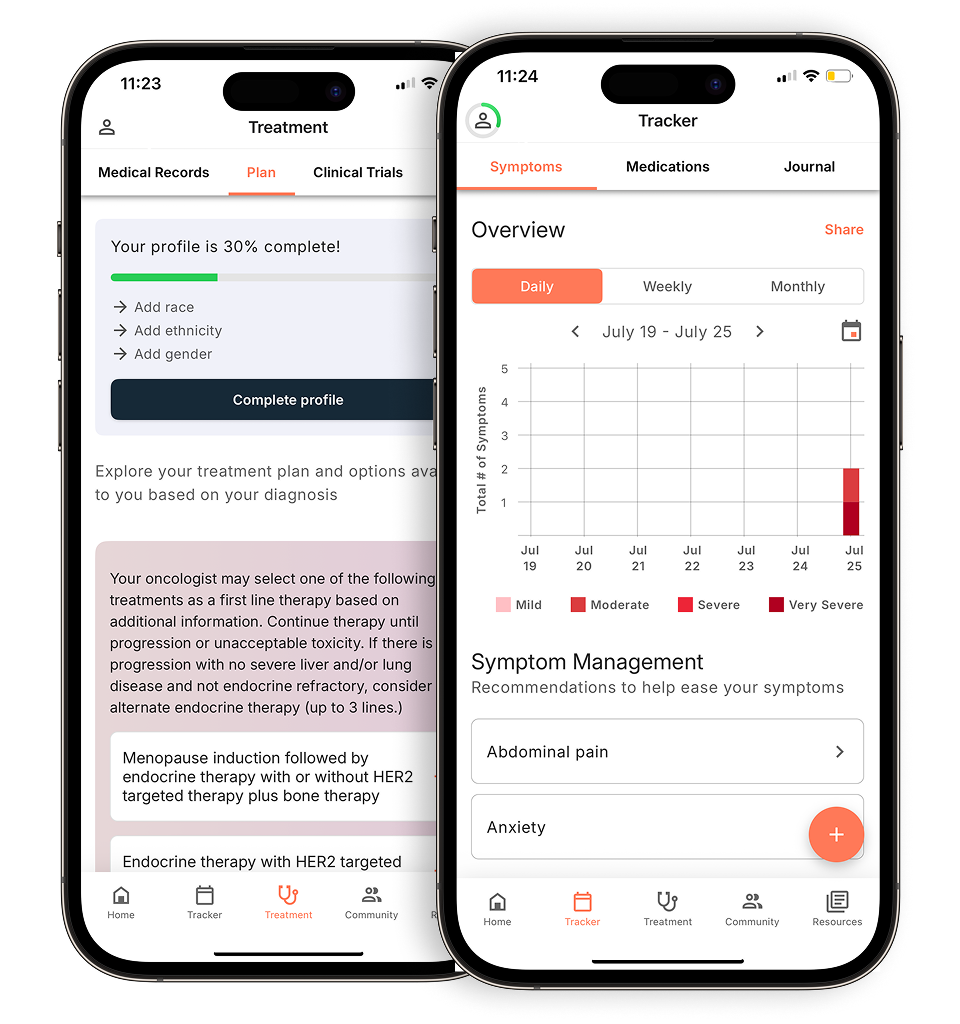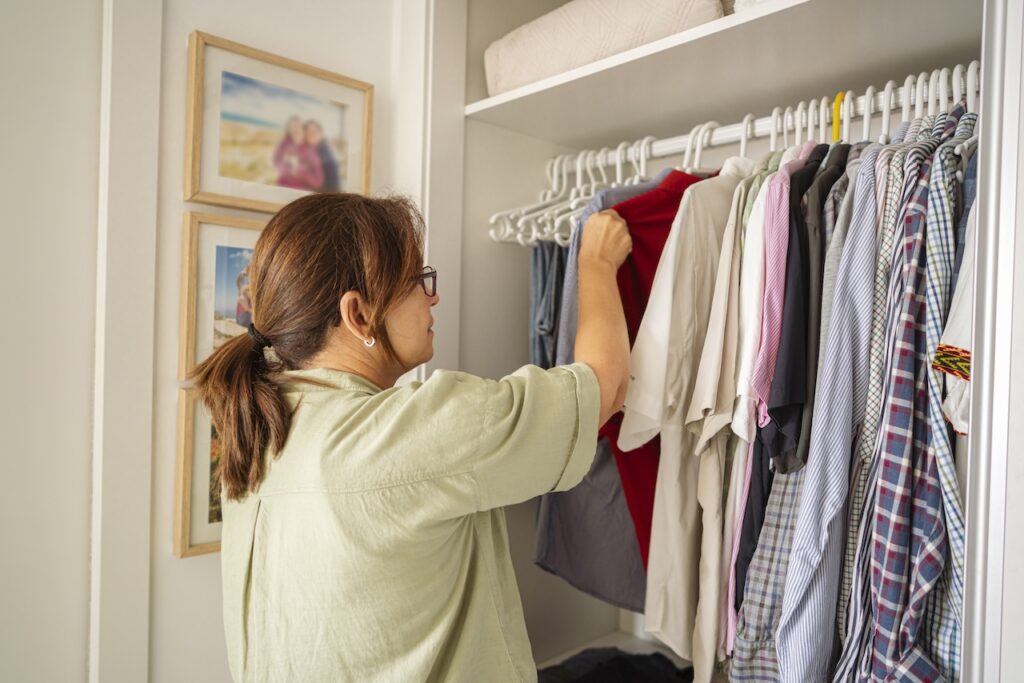When you’re going through treatment for cancer, the last thing on your mind might be thinking about what to do amid a natural disaster. For some, especially those who live in an area often affected by drastic changes in weather, having a proactive game plan just comes with the territory, but extreme weather can affect all of us.
Regardless of your treatment path, there’s no time like the present to put a list together of “in case of an emergency” resources. You might need to know in an instant where to go, who to call, and where to get help, as well as have safety measures in place and easily accessible belongings in case you need to evacuate in a pinch.
Below are some steps you can take to keep yourself safe and ensure your cancer treatment sees as limited a disruption as possible.
Make a list and check it twice
Keep a list of emergency names, phone numbers, and email addresses, including your doctor and pharmacy information. Whether you’re in treatment or have finished treatment, your care team may have prepared a survivorship plan to keep a record of what you’ve been through or what follow-up care you might need down the road.
The American Society of Clinical Oncology has created two free, downloadable forms – the ASCO Cancer Treatment Plan and the ASCO Survivorship Care Plan – to help you keep track of all the details that you and your care team can work together to fill out.
Prep an emergency kit and keep it handy
Having an emergency kit prepared is helpful should you find yourself in a situation where you need to quickly evacuate. Make sure you have the following necessities easily available.
- At least three days’ worth of bottled water and food, including non-refrigerated nutrition drinks
- Prescription medicine to last at least seven days
- At-home medical devices (glasses, inhaler, walkers) and medical supplies (antibacterial wipes, syringes, gloves, bandages, scissors)
- Blankets, jackets, and anything else you need to stay warm and dry
- A printed copy of the survivorship list mentioned above
Once you have your emergency kit ready, let your loved ones know where it’s stored so they can grab it when needed.
Have a plan ready
Talk through logistics with your family for natural disasters. Think about who can help you evacuate, who to call, and brainstorm locations to meet up. By having these steps in place, you can act quickly and feel more prepared in case of an emergency.
Stay informed and read these resources ahead of time
Your cell phone should receive alerts automatically to help keep you updated in emergencies. You may also want to opt-in for notifications from your local news channel or city officials to receive real-time updates.
Although thinking about natural disasters can trigger anxiety, being prepared can provide peace of mind and prevent you from being caught in a difficult situation.
Below is a list of resources to help you get started.
- Prepare Your Health (CDC)
- Emergency Resources for the Cancer Community (National Cancer Institute)
- Ready.gov
- Weather.gov
- Emergency Preparedness: Are You Ready for a Disaster? (National Safety Council)
- How to Prepare for Emergencies (American Red Cross)
- Downloadable Natural Disaster App (FEMA)
If you would like to connect with an Outcomes4Me oncology nurse practitioner at no charge through the Outcomes4Me app, using the “Ask Outcomes4Me” button.
Personalized support for real care decisions
Understand your diagnosis, explore clinical trials, and track symptoms--all in one place.
Get started
Compare treatments, prepare for appointments, and track side effects—all in the app
Built for your diagnosis, Outcomes4Me gives you the tools to make confident, informed decisions—right when you need them.
Continue in app






